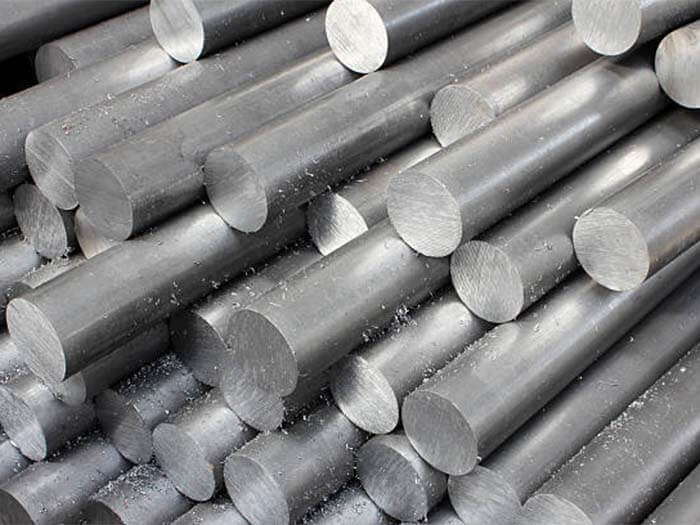Aluminum (Al) is a chemical element with the atomic number 13. It is the third most abundant element in the Earth’s crust, comprising about 8% of its weight. The element was first isolated in 1825 by Danish physicist Hans Christian Ørsted. Due to its high reactivity, aluminum is rarely found in its pure form; instead, it is commonly found in minerals like bauxite, from which it is extracted.
| Attribute | Details |
| Symbol | Al |
| Atomic Number | 13 |
| Abundance in Earth’s Crust | 8% |
| First Isolated By | Hans Christian Ørsted (1825) |
| Common Ore | Bauxite |

| Year | Discovery | Contributor |
| 1807 | Recognized existence of aluminum | Humphry Davy |
| 1825 | Isolated aluminum | Hans Christian Ørsted |
| Developed method for aluminum production | Henri Sainte-Claire Deville | |
| Created smelting method (Hall-Héroult process) | Charles Martin Hall and Paul Louis Toussaint Héroult |
Aluminum’s properties make it a favorite in various industries. Here’s an overview of its key characteristics:
| Property | Description |
| Ductility | Can be drawn into thin wires |
| Corrosion Resistance | Forms a protective oxide layer |
| Malleability | Can be hammered into thin sheets |
| Thermal Conductivity | Good conductor of heat |
| Electrical Conductivity | Good conductor of electricity |
| Density | 2.71 g/cm³, about one-third that of steel |
| Reflectivity | High, useful in mirrors and reflective paints |
Aluminum comes in various forms, each with specific applications:
| Type | Description | Common Uses |
| Pure Aluminum | Purest form, soft, ductile, conductive, corrosion-resistant | Wires, cables, foil |
| Aluminum Alloys | Mix of aluminum with other elements for added strength and hardness | Engines, airplane wings, consumer products |
| Cast Aluminum | Alloys poured into molds to create parts, cost-effective but less ductile | Mass-produced parts |
| Wrought Aluminum | Processed through rolling, forging, or extrusion, strong and suitable for various applications | Car parts, aerospace components |
| Anodized Aluminum | Electrochemically treated for color and increased hardness | Architectural products, home appliances |
| Clad Aluminum | Enhanced corrosion resistance with additional layers of aluminum or alloy | Automotive, railway, aerospace applications |

Aluminum’s versatility is evident in its wide range of applications:
| Industry | Applications |
| Aerospace | Aircraft components, wings, fuselage |
| Automotive | Engines, vehicle bodies, wheels |
| Marine | Hulls, masts, and other vessel components |
| Packaging | Beverage cans, foil |
| Construction | Building structures, windows, doors, siding, wiring |
| Electrical Appliances | Power lines, TV antennas, satellite dishes |
| Consumer Goods | Cookware, smartphone cases, laptops, TVs |
| Medical Equipment | Wheelchairs, surgical instruments, walkers, crutches |
Working with aluminum has its pros and cons:
| Advantages | Disadvantages |
| Lightweight | Not as strong as steel |
| Corrosion-resistant | Higher cost than some plastics |
| High thermal and electrical conductivity | Welding can be challenging due to high thermal conductivity leading to rapid solidification of welds |
| 100% recyclable | Some high-grade alloys can be expensive |
The global demand for aluminum is driven by its lightweight and strong properties, making it ideal for various applications. The industry is continuously evolving, with innovations in production methods and recycling technologies.
Aluminum production involves mining bauxite, refining it to alumina, and then smelting it to produce pure aluminum. The Hall-Héroult process is the predominant method used today.
Aluminum is 100% recyclable, and recycling saves up to 95% of the energy required to produce new aluminum from raw materials. This makes recycling a crucial part of the industry.
As industries seek lighter and more sustainable materials, aluminum’s demand is expected to grow. Innovations in alloy development and processing techniques will further expand its applications.
Copyright © Huasheng Aluminum 2023. All rights reserved.